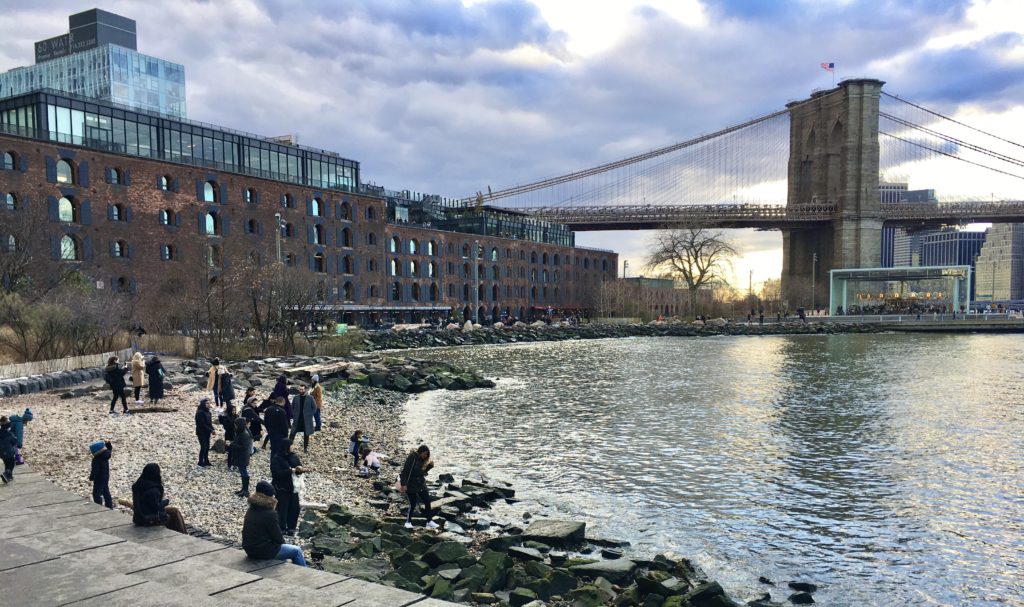Take a winter walk through Brooklyn Bridge Park

Eye on Real Estate: Brooklyn Bridge Park is so popular that it’s easy to forget how new it is.
The park first opened just 10 years ago — and at that time, Pier 1 and Pier 6 were the only places that were built. But the 85-acre waterfront recreation area became an instant visitor draw thanks to its innovative design by landscape architecture firm Michael Van Valkenburgh Associates and its stunning location.
The park stretches for 1.3 miles along the East River shoreline at the edge of Brooklyn Heights and DUMBO. The views of Manhattan skyscrapers are dazzling, and you get up-close looks at both the Brooklyn Bridge and the Manhattan Bridge.

Brooklyn Heights
View MoreRead the Brooklyn Height's Press and Cobble Hill News. Find out more about Brooklyn Height's History here.